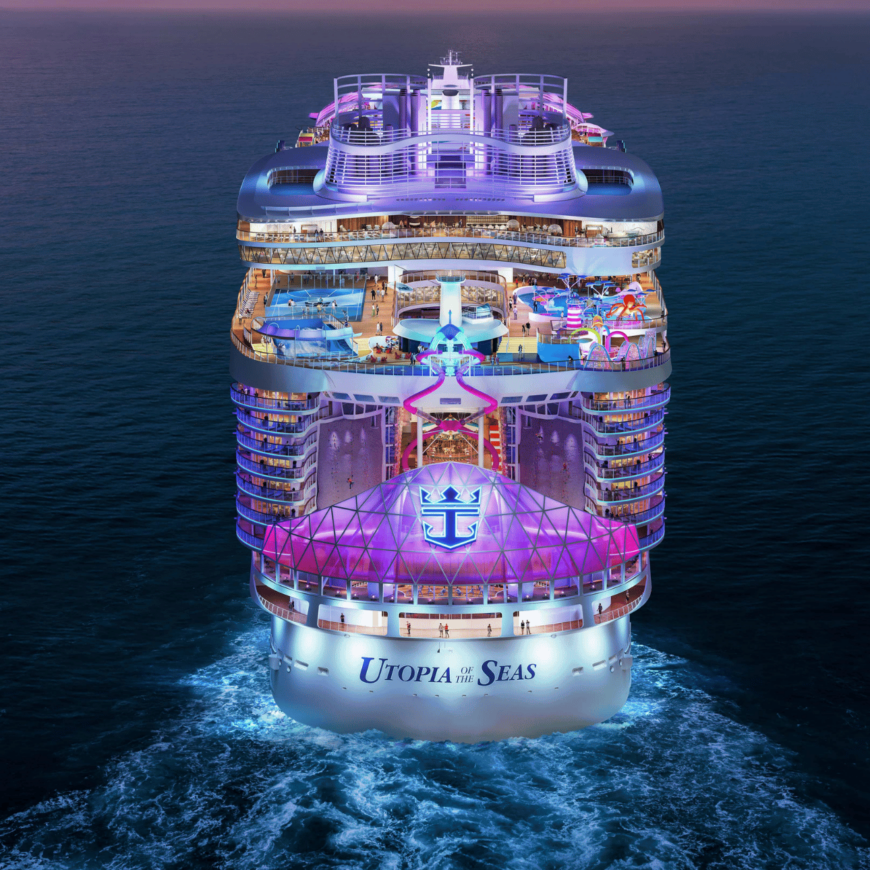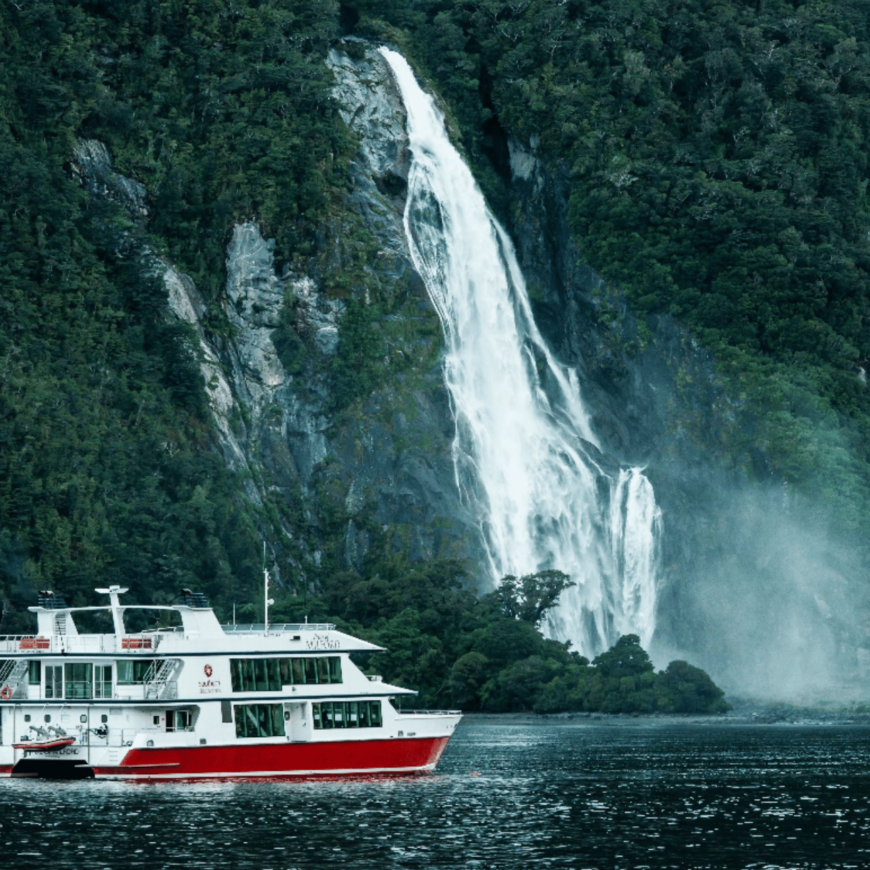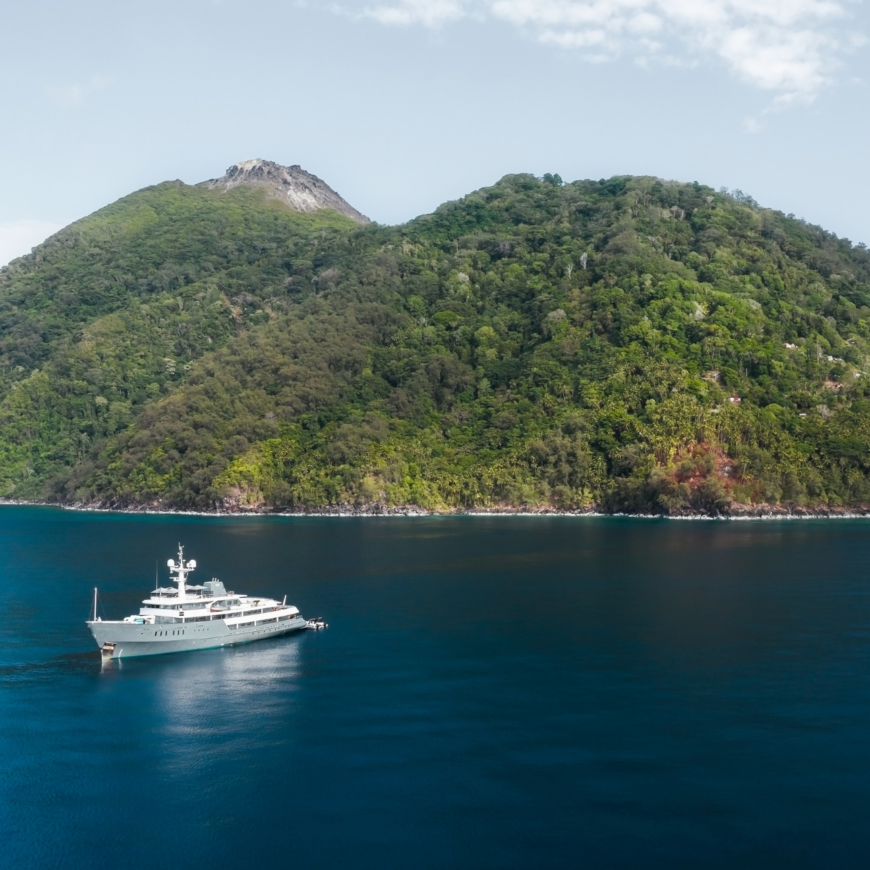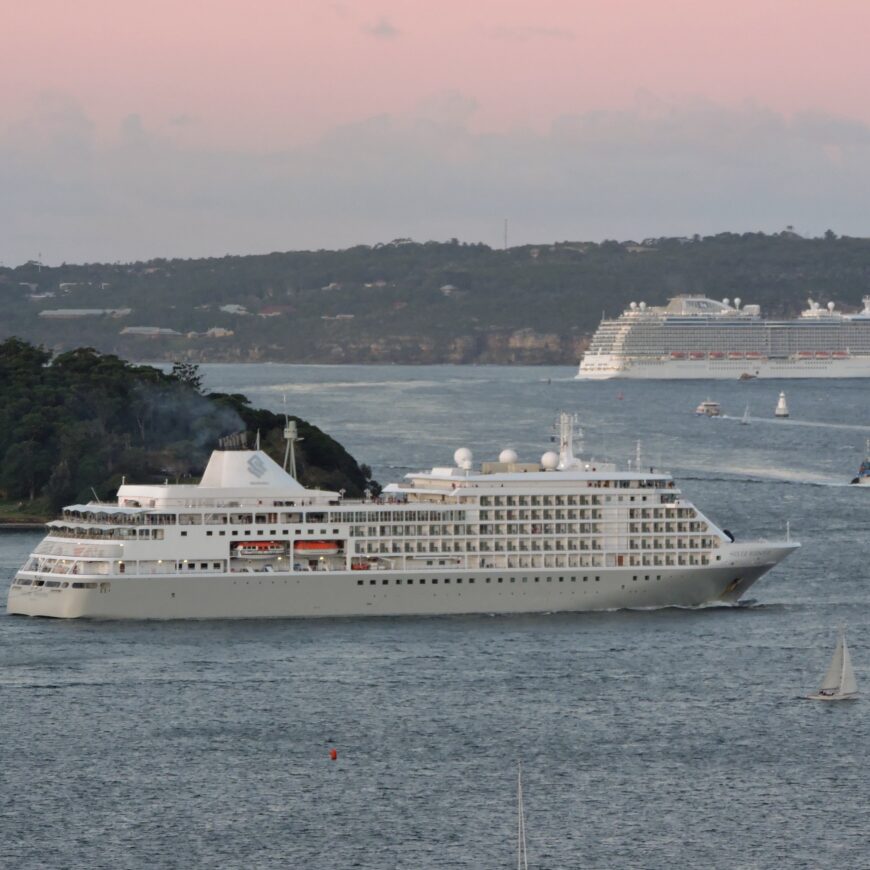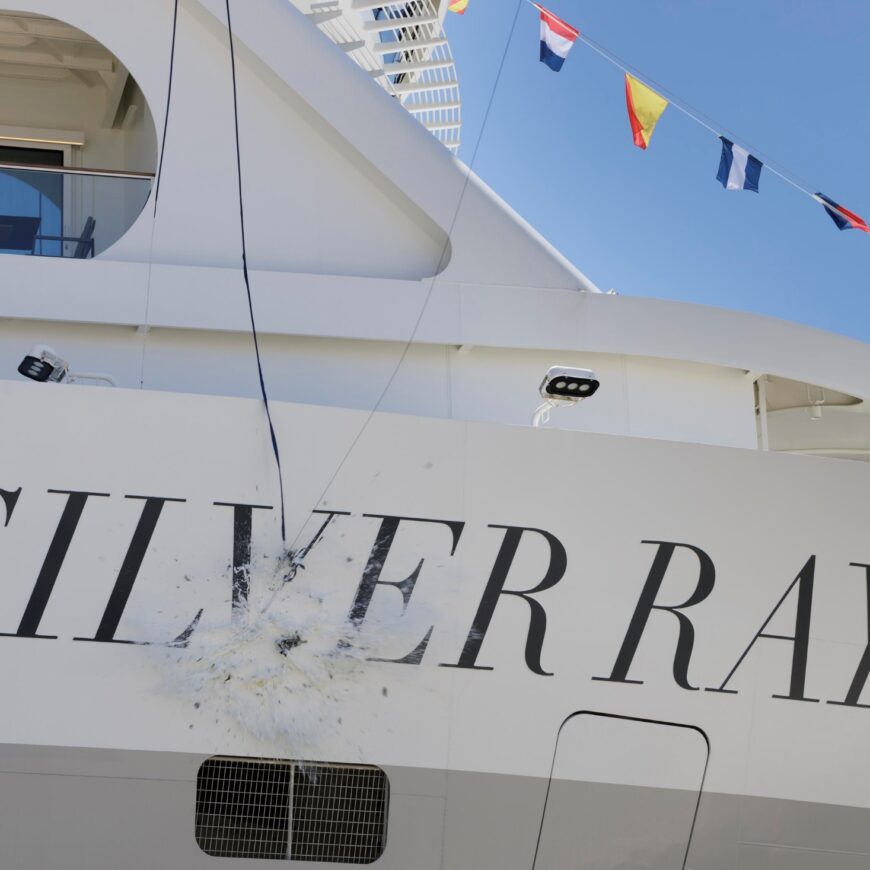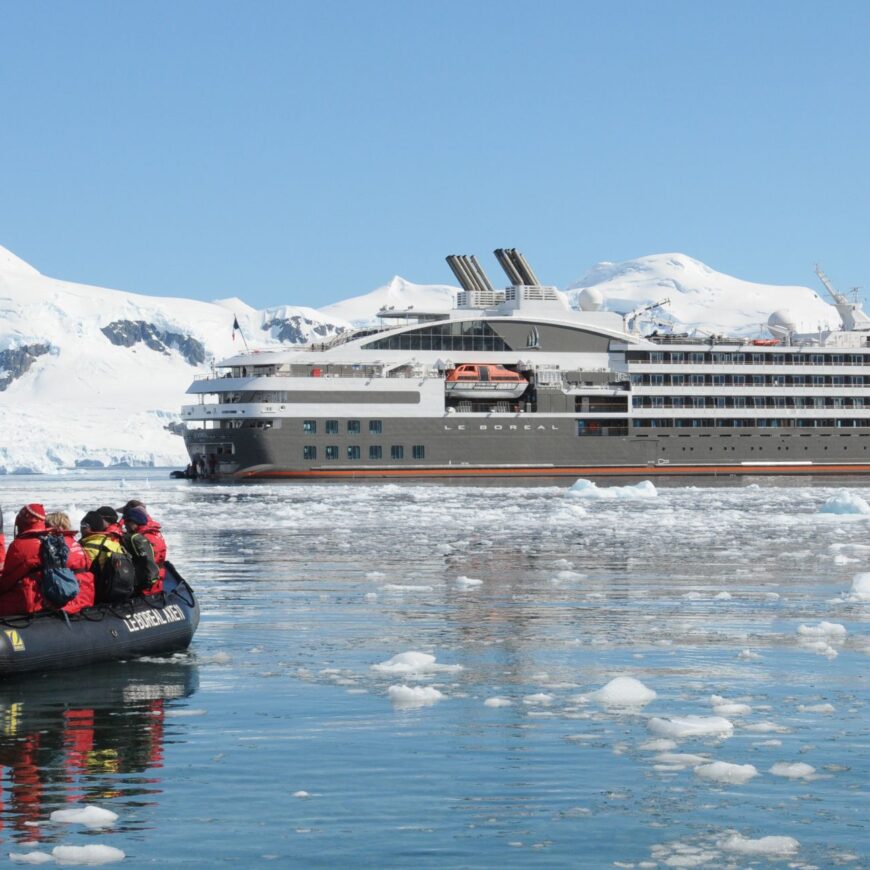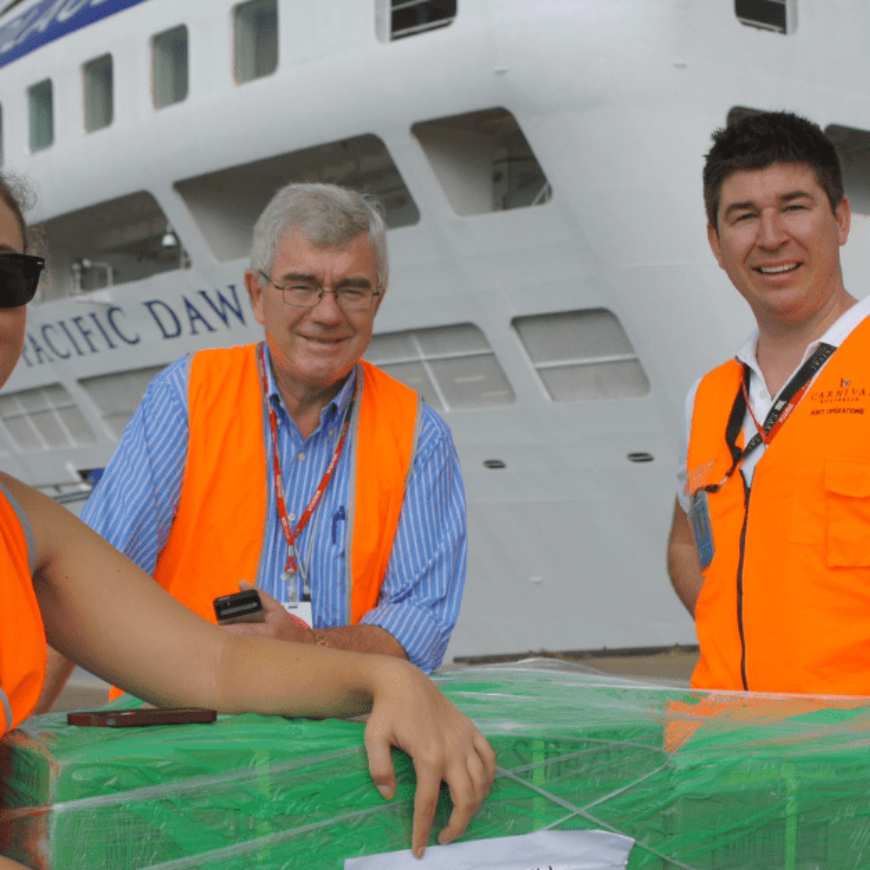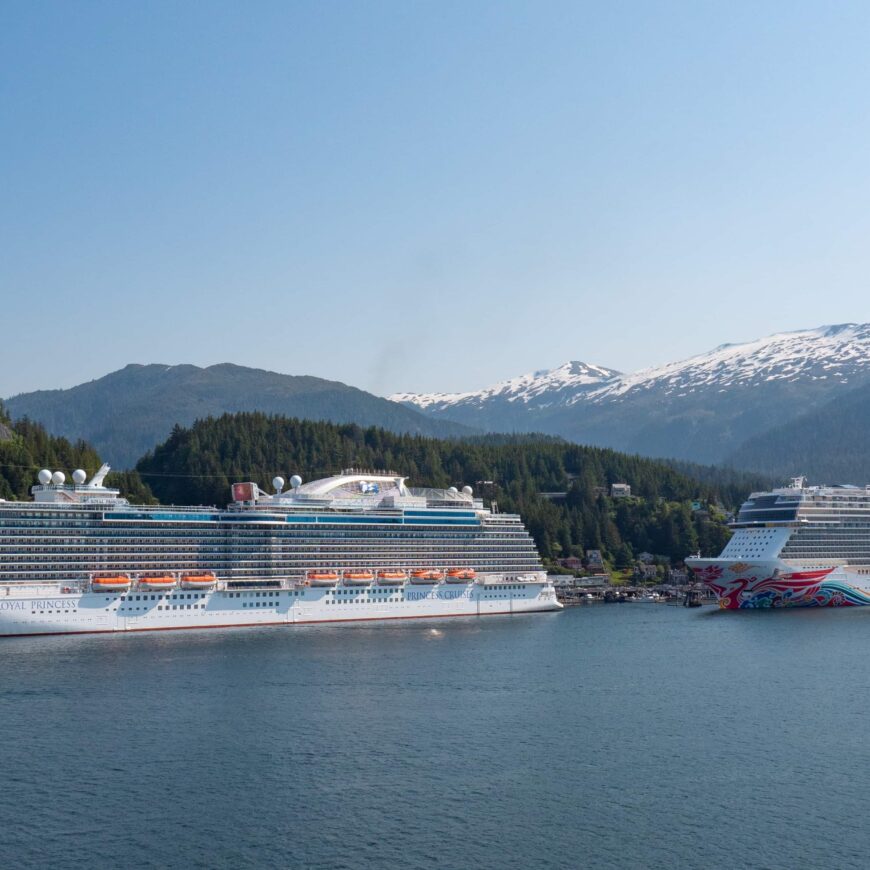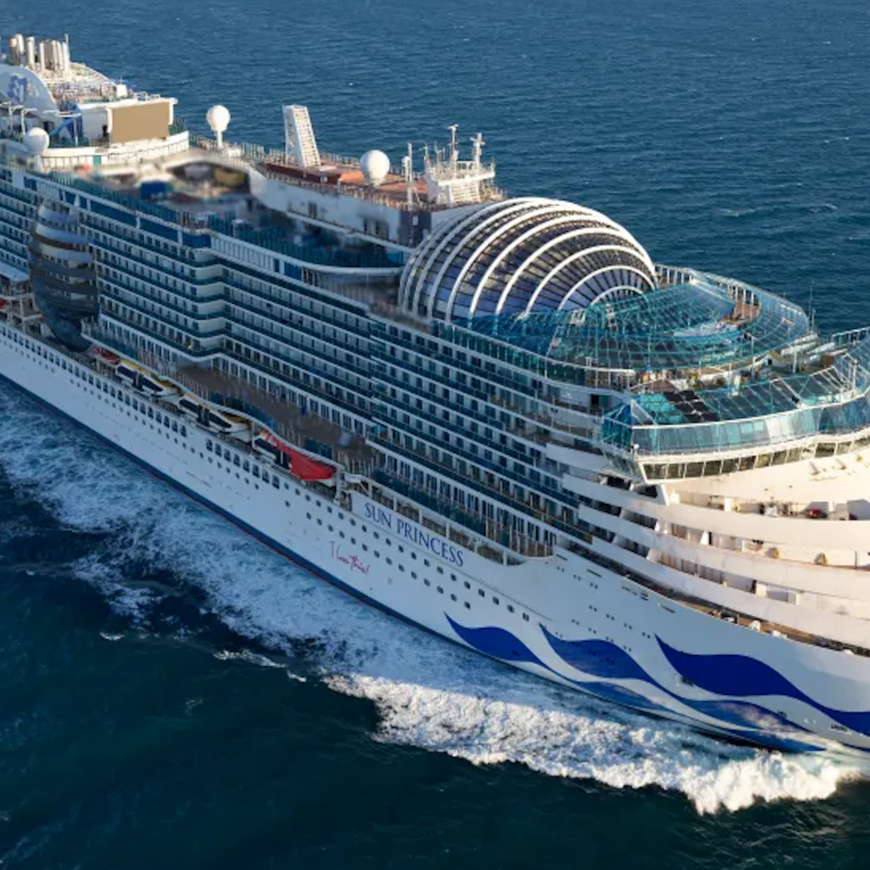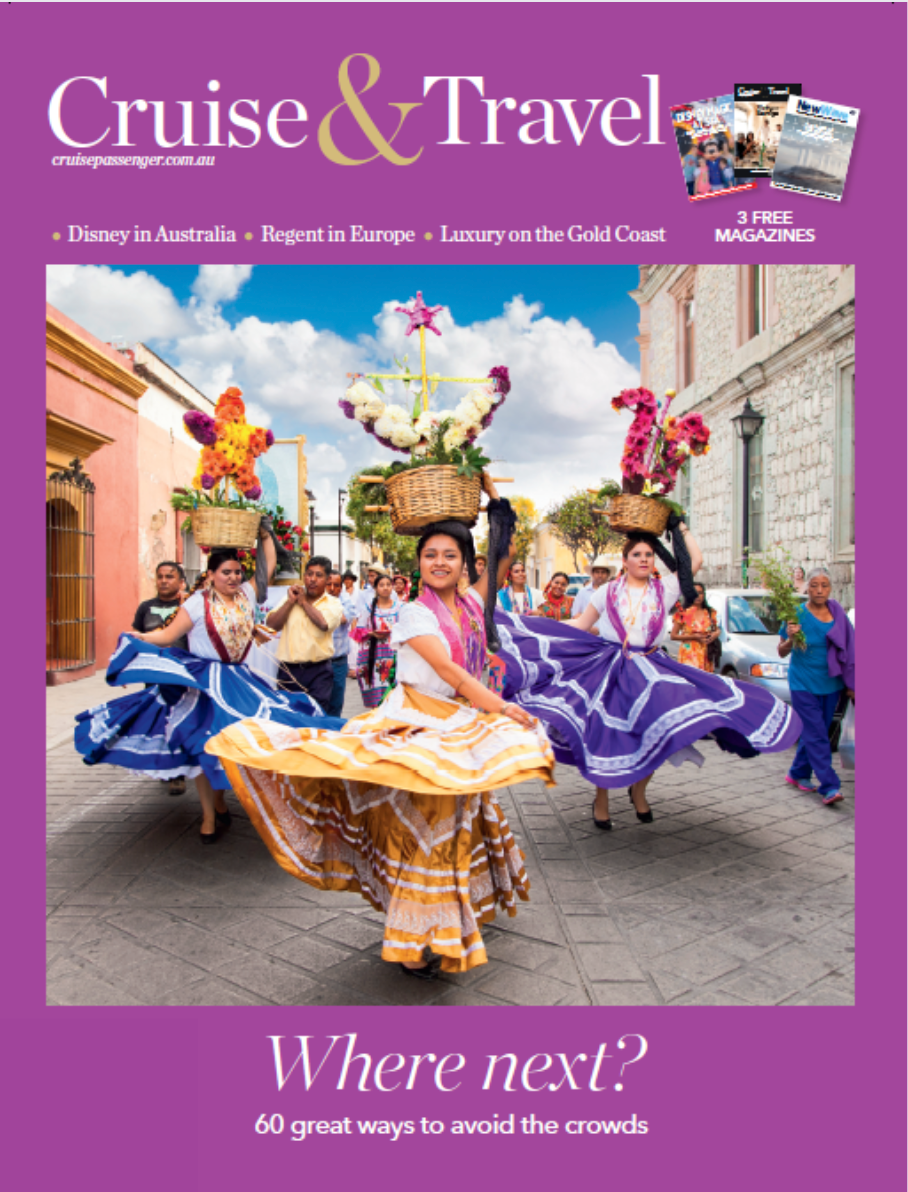As the cruise industry gears up a political campaign to fight for lower port charges and less regulation, a Cruise Passenger investigation shows port charges are three times as high as the global average.
Last week we revealed that major cruise lines are reducing their Australian capacity by as much as 30%, meaning a huge blow to the economy and higher costs for cruisers.
The cruise industry is worth $5 billion and port charges bring in some $32 million a year.
The industry is citing Australia as having the highest costs in the world, and port charges can be one of the biggest.
Port charges can be tricky to calculate. Some charge cruise ships on a per-passenger basis, while others charge cruise ships based on their gross register tonnage. Then sometimes cruise lines need to deal with extra tariffs such as a tourism tax, environmental levies, or more.
However, the research shows that it’s costing cruise lines substantial amounts of money to cruise in Australia, particularly in Sydney and Melbourne, versus in other parts of the world.
Last year, NSW saw 720,849 cruise passengers, which based on Sydney’s port tax of $44.72 per passenger, comes out to $32,236,367.3 to be paid by the cruise lines across the season.
Port charges: The background
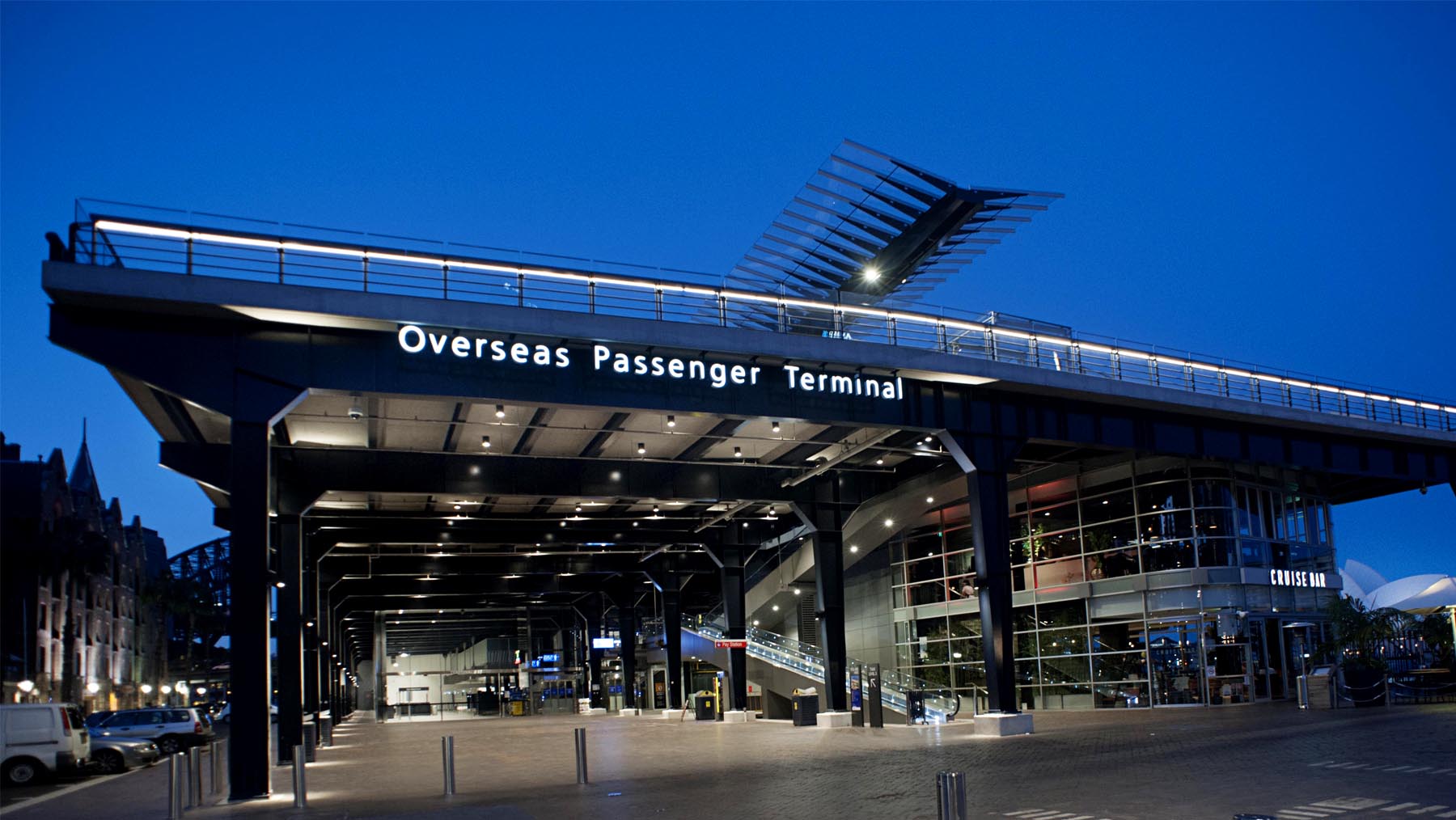
Sydney’s port facilities are owned by the NSW Government. Cruise Passenger has asked Jo Hallen, Ports Minister, for comment and is awaiting a response.
While all ports charge, as the table below shows, cruise lines are having to spend excessively more to dock in Sydney or Melbourne than in other ports.
Major cruise lines have revealed to Cruise Passenger they don’t believe Australian state governments that comprehensive plans to address infrastructure needs such as dry dock and hull-cleaning facilities, capacity issues, and high operating costs.
The table below shows how much it would cost to dock Quantum of the Seas at major ports around the world, as well as how much certain destinations would pay in total if they had the same as NSW’s 720,849 passengers in a season.
| Port | Price to dock Quantum of the Seas | Season price to dock all NSW Passengers from 2023 |
| Sydney | $219,351.6 | $32,236,367.3 |
| Melbourne | $156.960 | $23,067,168 |
| Barcelona | $22,808.25 | $3,351,947.85 |
| Amsterdam | $70,165.1 | $10,314,255* |
| Miami | $93,685 | $13,768,216 |
| Rome | $53,317 – $124,881 ($89099 average) | $7,835,628.6 – $18,352,815.5 ($13,094,221.1 average) |
| Juneau | $95,745.6 | $14,070,972.5 |
| Cozumel | $63,830.3 | $9,383,010* |
| Singapore | $54,690.75 | $8,037,466.35 |
| St Thomas/St John | $50,472 | $7,417,536.2 |
| Port Canaveral | $28,841 | $4,239,627* |
| Average of non-Australia ports | $67329.5 | $9,898334.5 |
| Sydney surplus versus average | $152,021.5 | $22,338032.8 |
The takeaways
- Per ship or per person, both Sydney and Melbourne are charging cruise lines more than all the other major cruise ports.
- For the number of passengers it sees per season, Sydney costs on average $22 million more per season than other major cruise ports.
- Sydney costs on average $152,021.5 more per Quantum of the Seas-sized ship
- Many Australian ships that have left have gone to the Caribbean, it can be seen that the port fees of Miami, Canaveral, Cozumel, and St Thomas/St John are much less expensive than Sydney and Melbourne.
- Melbourne’s port fees have recently increased, with cruise executives from Carnival directly pointing to the rise as a reason for the cruise lines’ reduced presence in the port.
- High and rising port prices offer less incentive for cruise lines to try and grow in the region, as expenses will rise with more passengers, limiting profit margins.
- Other purported factors such as fuel costs, supplies costs, lower onboard spending, and more have been suggested
- Port fees exist for maintenance and infrastructure purposes. However, despite this, Sydney has been criticised for its limited cruise capacity, with NCL executives directly addressing this as a reason for ceasing homeporting operations in Sydney.
Fuel cost
- While the cost of cruise ship fuel is vastly fluctuating and not always publically available, there is one very evident reason why it costs more to fuel an Australian cruise ship than for example, in the Caribbean.
- To sail from Sydney to Noumea is 1240 nautical miles, however, to sail from Port Miami to Nassau is just 159 nautical miles.
- Furthermore, for non-homeporting Australian ships, there is a significant distance to sail to arrive in Australia.
- Josh Weinstein said Carnival lost almost $20 million in just three months due to spiking fuel prices last year, highlighting the effect of fuelling on a cruise line’s profitability.
Methodology and port charges (all prices in AUD)
- Sydney charges $44.72 per cruise passenger
- Melbourne charges $32 per cruise passenger
- Barcelona charges $4.65 per cruise passenger
- Amsterdam charges $0.416 per gross tonne + $22.67 per passenger per 24 hours, their charges were calculated on an eight-hour stay
- Rome charges $10.87 for simply disembarking, or up to $25.46 for a roundtrip cruise homeporting out of Rome.
- Miami charges $19.19 per passenger
- Juneau charges $19.52 per passenger
- Cozumel charges $0.392 per gross registered tonne
- St Thomas/St John charges $10.29 per passenger
- Port Canaveral charges $0.411 per 24 hours, their charges were calculated based on a 10-hour stay
- For the ports that charge per gross registered tonne (Amsterdam, Cozumel, and Port Canaveral) their season price was calculated by the cost of 147 port calls of Quantum of the Seas, which equals NSW’s number of cruise visitors from 2023.


